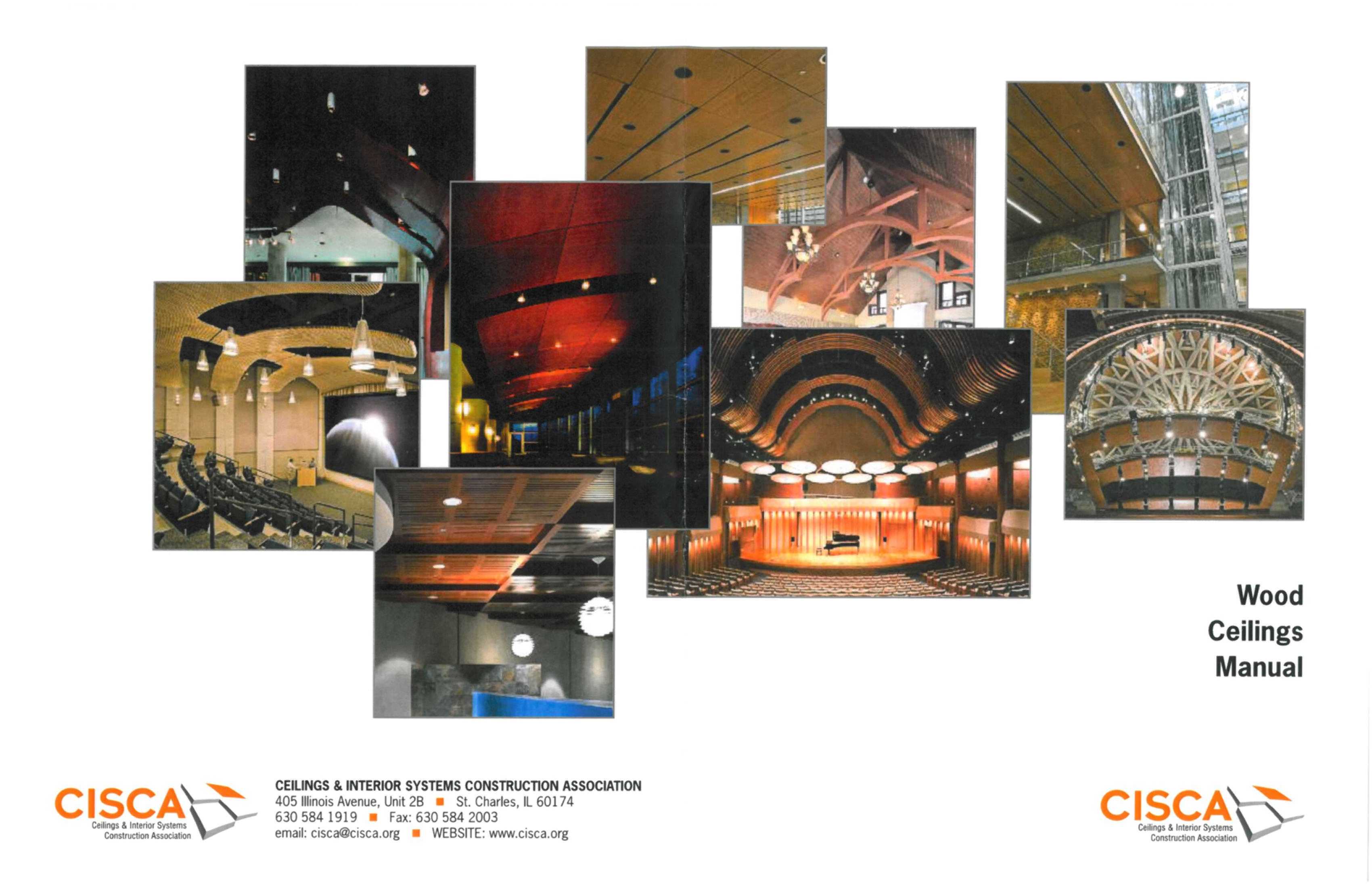SFIA Analysis Shows Reduced Structural Values Will Boost Cost of Wood Framing

The Steel Framing Industry Association has released a new detailed analysis of the impact in the construction industry of the recent reduction of structural values for Southern Yellow Pine—one of the most commonly used species of wood used for framing.
The white paper takes a close-up look at what the downgrading means in real terms for the wood industry, builders, and for cold-formed steel in particular.
“The SFIA's analysis examines a very significant 15 percent to 30 percent reduction in the structural values of Southern Pine,” said Larry Williams, executive director, Steel Framing Industry Association. “This downgrading of the structural properties of visually graded Southern Pine clearly provides a substantial boost for the competitiveness of cold-formed steel framing—particularly at time when the construction market appears poised for a rebound.”
The changes, voted into effect by the American Lumber Standard Committee Board of Review in January 2013, and implemented in June, help to highlight the limitations and variability of wood compared to the stability and uniformity of steel, Williams said.
“We anticipate that state and model codes will be revised to reflect these changes,” Williams said.” As production builders begin to redesign plans based on the new design values or span tables, there will be higher costs associated with moving to deeper members or higher grades of Southern Pine, which accounts for 36 percent of framing timber nationally. According SFIA research, these changes will drive up costs for wood framing by 5 percent or more.”
The white paper, “Downgrade of Southern Pine Design Values Increases Cost of Building with Wood,” explores lumber grades, applications and impacts on building designs. The paper also contains an evaluation of a sample construction project designed with wood, compared with the same project designed with cold-formed steel alternatives.
Looking for a reprint of this article?
From high-res PDFs to custom plaques, order your copy today!







